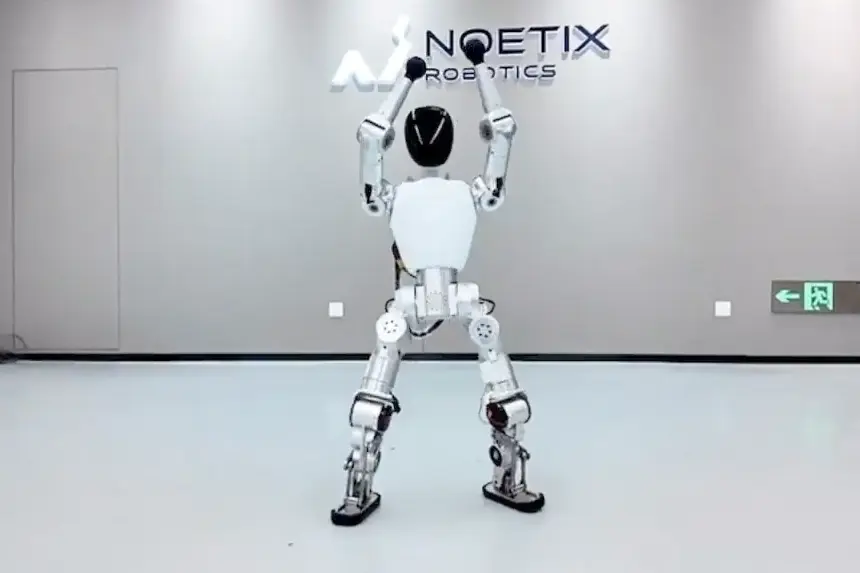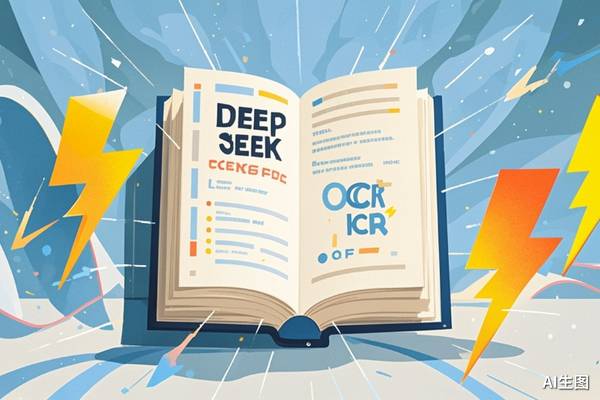Lugh
- Lugh
- A
- 1.15K Posts
- 780 Comments

 2·15 days ago
2·15 days agoAnyone who has ever read neurologist Oliver Sacks’ classic essay collection ‘The Man Who Mistook His Wife for a Hat’ might wonder about the downsides of having a protein nanowire brain extension. The lesson from the book is that small changes to the brain can have enormous consequences for consciousness and our experience of reality.
Who knows? Perhaps it might be like a permanent magic mushroom trip where you can see and talk to interdimensional machine elves, and that would be an upside for some people.

 5·18 days ago
5·18 days agoYes, and there is also the possibility that it could be upon us quite suddenly. It may just take one fundamental breakthrough to make the leap from what we have currently to AGI, and once that breakthrough is achieved, AGI could arrive quite quickly. It may not be a linear process of improvement, where we reach the summit in many years.
Manna need to get quieter drones. People who live beside their base of operation don’t like the noise & disturbance.

 52·2 months ago
52·2 months agoAlso, if you’re reasonably smart and self-motivated the 21st century world abounds with the materials to let you learn much of what you would in college. Not specialized learning maybe, but for generalized learning, yes.
An Irish drone delivery company Manna has been getting lots of complaints, apparently its not much fun living beside its base of operations.
https://www.rte.ie/news/business/2025/0820/1529313-drone-planning-dublin/

 31·2 months ago
31·2 months agoWon’t there be insurance for this?
If companies like FedEx can bear the cost of liabilities for huge numbers of human drivers, doesn’t that suggest the burden will be far less for robo-vehicle car companies?

 6·2 months ago
6·2 months agoCaveat - China Daily is owned and operated by the Chinese government/CCP. But the article is interesting in itself, and its official endorsement is interesting, too.

 10·2 months ago
10·2 months agoI’m still surprised at the rate LLMs make simple mistakes. I was recently using ChatGPT to research biographical details about James Joyce’s life, and it gave me several basic facts (places he lived & was educated at) at variance with what is clearly stated in the Wikipedia article about him.

 2·2 months ago
2·2 months agoI wonder will the US & EU bifurcate on AI adoption for government and administration, with the EU opting for open-source?
US models don’t seem interested in complying with EU law like the AI Act or GDPR.
If so, 5 or 10 years down the line this could lead to very fundamental differences in how the two territories are governed. There may all sorts of unexpected effects arising from this.

 5·2 months ago
5·2 months agoThe person making this claim, Miles Brundage, has a distinguished background in AI policy research, including being head of Policy Research at OpenAI from 2018 to 24. Which is all the more reason to ask skeptical questions about claims like this.
What economists agree with this claim? (Where are citations/sources to back this claim?)
How will it come about politically? (Some countries are so polarised, they seem they’d prefer a civil war to anything as left-wing as UBI).
What would inflation be like if everyone had $10K UBI? (Would eggs be $1,000 a dozen?)
All the same, I’m glad he’s at least brave enough to seriously face what most won’t. It’s just such a shame, as economists won’t face this, we’re left to deal with source-light discussion that doesn’t rise much above anecdotes and opinions.
Former OpenAI researcher says a $10,000 monthly UBI will be ‘feasible’ with AI-enabled growth

 16·2 months ago
16·2 months agoits eligibility criteria to those with Italian parents or grandparents.
That’s the existing criteria for Irish passports. I’d guess the number of Americans with one grandparent born in Ireland or Italy must run to 10s of millions.

 5·2 months ago
5·2 months agoIn terms of advancing software, its extremely inefficient,
It amazes me how their BS on ‘innovation’ has infected broader culture and politics.
Look how little fundamental innovation there is in health, education and housing. All getting more expensive and out of reach.

 6·2 months ago
6·2 months agoNYC is more complex driving. It will be interesting to see how quickly they master it.

 4·2 months ago
4·2 months agoTheir hope seems to be to invent something proprietary and hypey that gets them bought up, not to actually build something functional.
They all seem to be chasing the dream of being unicorns (for the unintiated reading this, monopolist giants like Google/Meta, not magical horses).
Do American VCs even bother with start-ups who want to be small/medium sized firms, and have a solid case for making a few hundred million dollars every year?

 3·3 months ago
3·3 months agoYes I did, and corrected it.

 7·3 months ago
7·3 months agoOddly, 2024 new industrial robot numbers dropped for each of the EU, Japan and the US, too from the year before. Robot manufacturing means cheaper goods, and the EU, Japan & the US are already feeling the crunch. They don’t seem to have any answer to the flood of good quality cheap electric vehicles that have made China the world’s biggest car maker. These pressures are only going to get worse and worse.
2024 New Industrial Robots
290,000 - China
86,000 - EU
43,000 - Japan
34,000 - US
Chinese factories keep up robot roll-out despite global decline

 20·3 months ago
20·3 months agoI’m glad this helps people with paralysis, but I can’t help seeing the sci-fi dystopian side of tech like this.
What if some people are forced to have their inner thoughts decoded against their will? It sounds like just the thing some authoritarian thought police would use to root out their enemies.
Does that sound far-fetched? I’m sure if it were suggested as an upgrade to existing lie-detecting polygraph tests, lots of people would approve. Slippery slope.

 5·3 months ago
5·3 months agoIf you think of it as a pet alternative, its not so expensive. Food & vets bills for cats & dogs can easily be $1000 per year.
Beijing’s complex night-time road conditions, characterized by low lighting, environmental interference – heavy rain in the summer and snow in the winter – pose significant challenges for autonomous driving systems.
People often question Level 4 self-driving and snowy conditions, it will be interesting to see how this goes.








This expands the range of ‘Work From Home’ to include physical labor. Humanoid robots aren’t far off the point (2030s?) where they can do most unskilled labor. With telepresence, they can take those jobs sooner.
This also brings something else closer. The looming crisis over what our governing economic model will be when human labor can no longer compete for wages with AI & robots.